Ants can be beneficial insects for the garden, but they can also cause problems sometimes.
Red Ants or Carpenter Ants are some of the certain species that are especially harmful and you would definitely not appreciate these ants crawling around in your house.
Luckily enough, there are many garden plants that work as natural ant repellents and can help you keep these insects away so there would be no need to spray harmful pesticides!
Some of these fragrant plants are more suited either as an indoor or outdoor plant, but most will actually thrive amazingly either way!
If you’re looking for the best indoor plants, then Tansy, Catnip, Lavender, Chrysamthemums, and Mint are your best bet.
However, if you’re interested in outdoor plants, then Rosemary, Marigold, Sage, Anise, and Thyme are the most effective ones for you.
One more aspect to consider is that certain plants can attract ants, luring them to your garden or home. Ants mostly love those species that are rich in nectar or those that use ants as pollinators.
- Related article: Ants on My Plants
Do you want to know how to use these plants to your advantage? Read on to know more about these amazing plants!
Best Plants to Repel Ants Indoors
1. Tansy (Tanacetum vulgare)
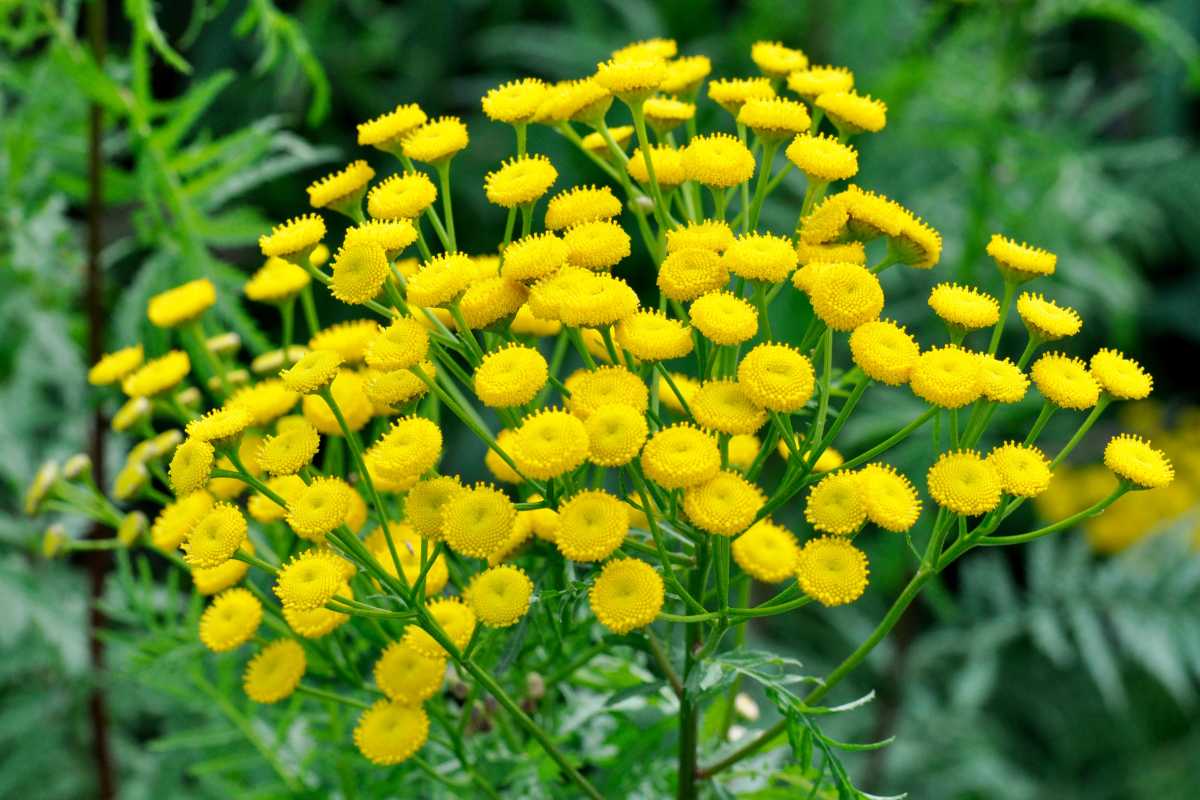
Tansy is a perennial herb that produces an abundance of beautiful flowers in the summer. These are of a golden yellow color, while the leaves are light green and similar to ferns.
Tansies are an aromatic plant, with strong scent that resembles a mix between camphor and rosemary, and is useful as a flavoring, as a fabric dye, and to repel insects.
Ants, flies, mosquitos, and beetles are all repelled by this smell so tansy has been used for centuries to ward off common plant pests.
This herb also attracts ladybugs, which can help to control the population of harmful pests.
Tansy can be grown outdoors, but it is especially suited to be cultivated inside as it can otherwise spread too much and take over the whole garden.
2. Catnip Plant (Nepeta cataria)
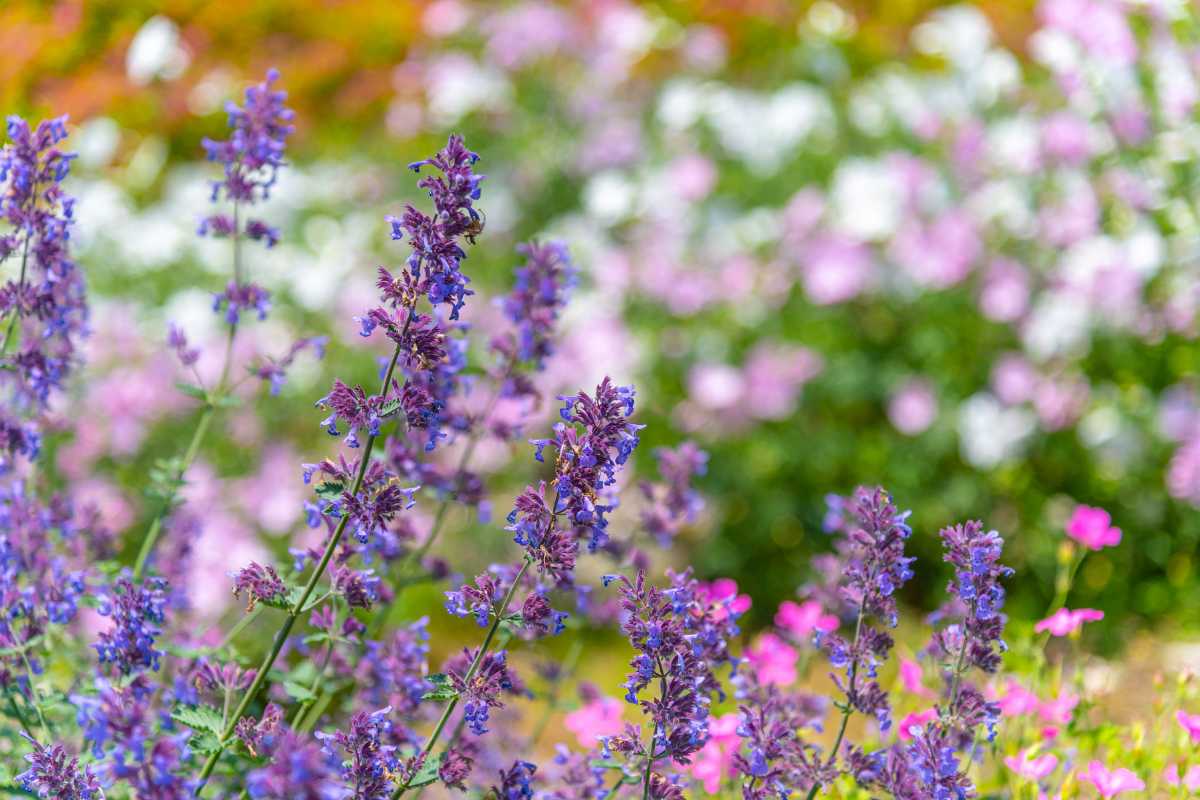
Catnip is a perennial herb closely related to fresh mint leaves and lemon balm. Like most plants from the Lamiaceae family, Catnip Plants are absolutely easy to grow and has a very sweet aroma.
An important warning, though—Catnip Plants will attract cats and affect their nervous system, causing them to go into a sudden trance, so be really careful if you have cats at home.
It is be a good plant to keep indoors, but it is best placed in an area that is not accessible to felines.
This herb is packed with essential oils rich in nepetalactone, which will deter not only ants, but also squash bugs, aphids, weevils, and mosquitoes.
3. Lavender (Lavandula Spp.)
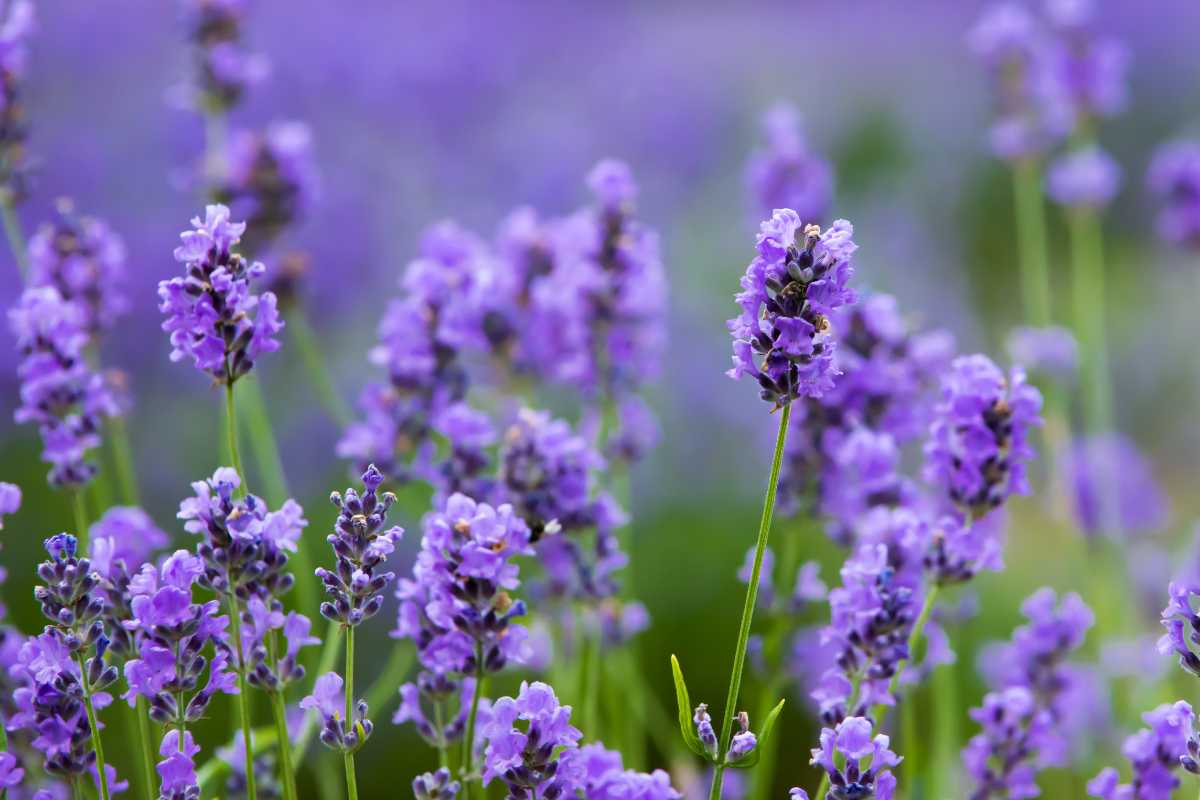
Lavender is a lovely plant with purple flowers to cultivate indoors. It is appreciated worldwide for its pleasant scent, but not everybody knows that it is also useful to repel insects.
Since the sense of smell of ants is very strong as they use it to communicate with each other, they are highly-bothered by this plant.
Lavender is also effective in keeping flies and mosquitos away.
To ensure that your Lavender plant is getting enough airflow, you may use a fan as this herb needs to be grown in a well-ventilated area where it can also get plenty of direct sunlight.
4. Chrysanthemums (Chrysanthemum Spp.)
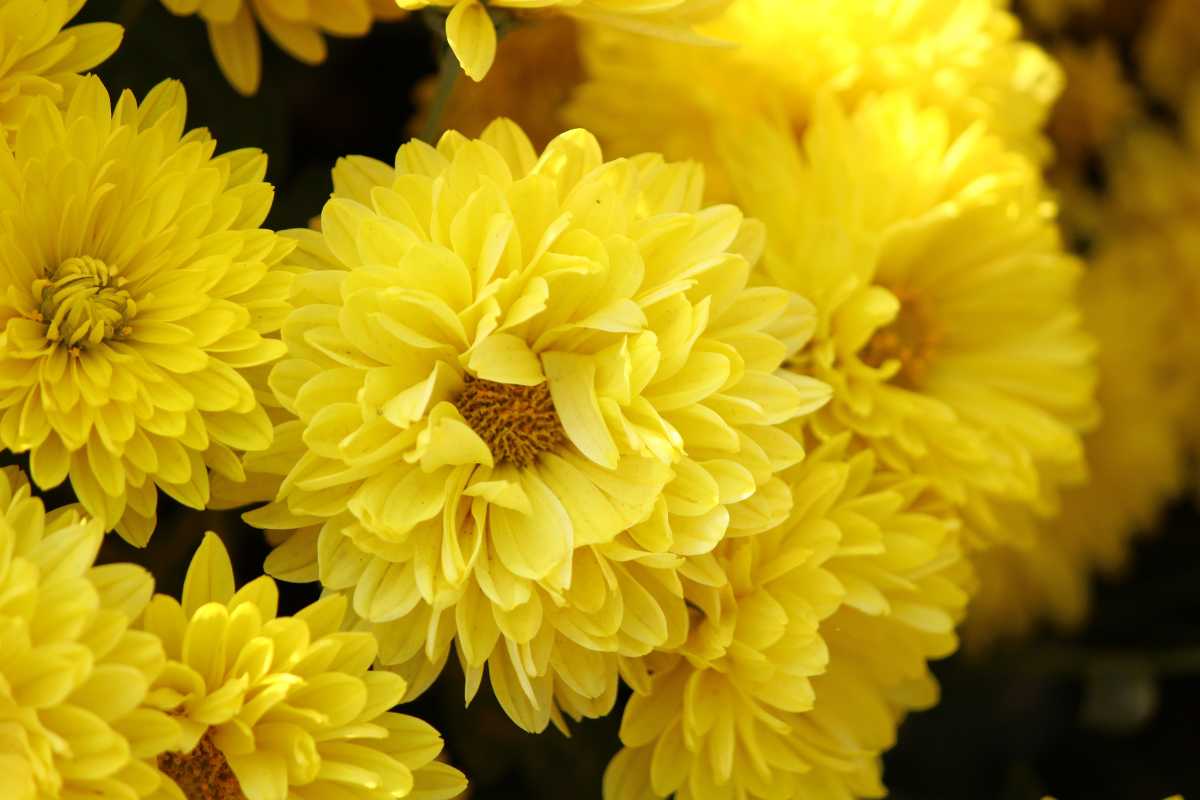
Chrysanthemums can be grown both outdoors and indoors. They are especially interesting to keep as indoor plant because as well as repelling insects, they also act as air purifiers by removing toxins.
Just like many annoying pests such as roaches, ticks, silverfish, lice, fleas, and bedbugs, ants absolutely dislike Chrysanthemums.
This perennial plant have many cultivars, all with beautiful and showy flowers that come in many colors.
Chrysanthemum cinerariifolium is supposed to be one of the best species to take care of unwanted insect visitors, being the one that contains the highest concentration of pyrethrin, the active ingredient that repels insects.
5. Mint (Mentha spp.)
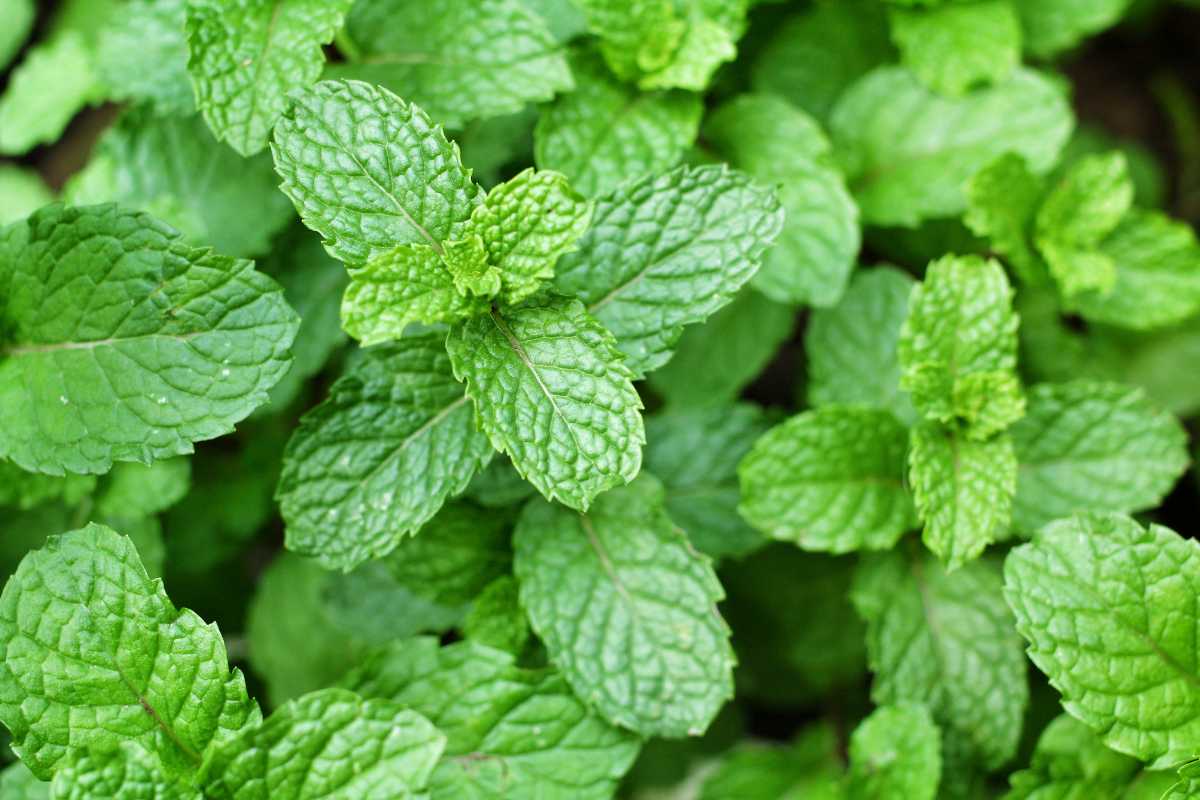
Mint is an excellent plant to grow indoors, as it can spread too quickly and invade every available space in the garden. In containers or flower pots, you can have the advantage of controlling its growth.
The strongest scents of the essential oils that this plant contains are very effective in deterring ants and other insects, such as wasps, hornets, cockroaches, and mosquitoes.
If you’re looking for different scents, you can choose from the many species of Mints, which are also nice to have handy to use in the kitchen.
Among those species, the two of most popular ones are Peppermint (Mentha x piperita) and Spearmint (M. spicata).
Best Plants to Repel Ants Outdoors
1. Rosemary (Salvia rosmarinus)
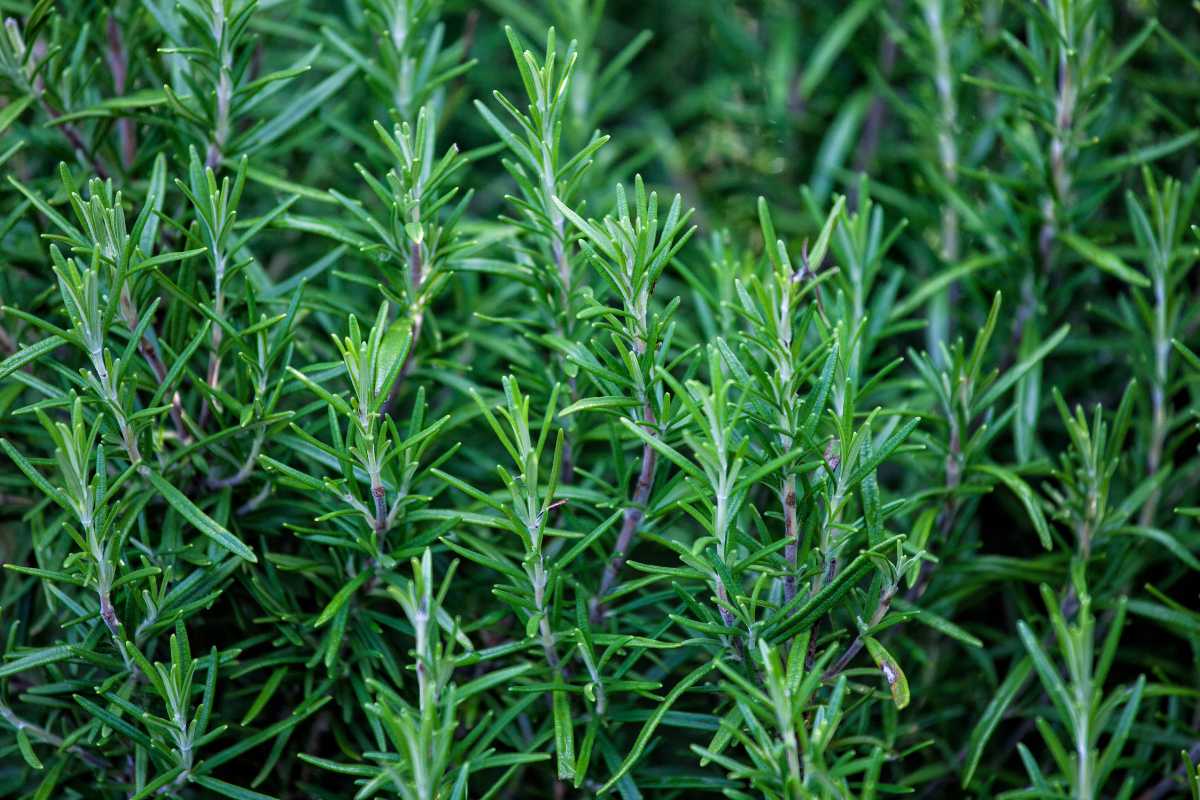
Rosemary is a shrub native to the Mediterranean. It has always been cultivated for its culinary and medicinal uses.
Much appreciated for its hardiness, this perennial can tolerate droughts and cold temperatures. Its leaves have adapted to withstand difficult conditions, with their needle-like shape and tough exterior.
They are also rich in aromatic essential oils that have pesticidal and antimicrobial properties.
Ants are among the insects that stay far away from rosemary plants, which makes them very effective to protect your garden.
2. Marigold (Tagetes spp.)
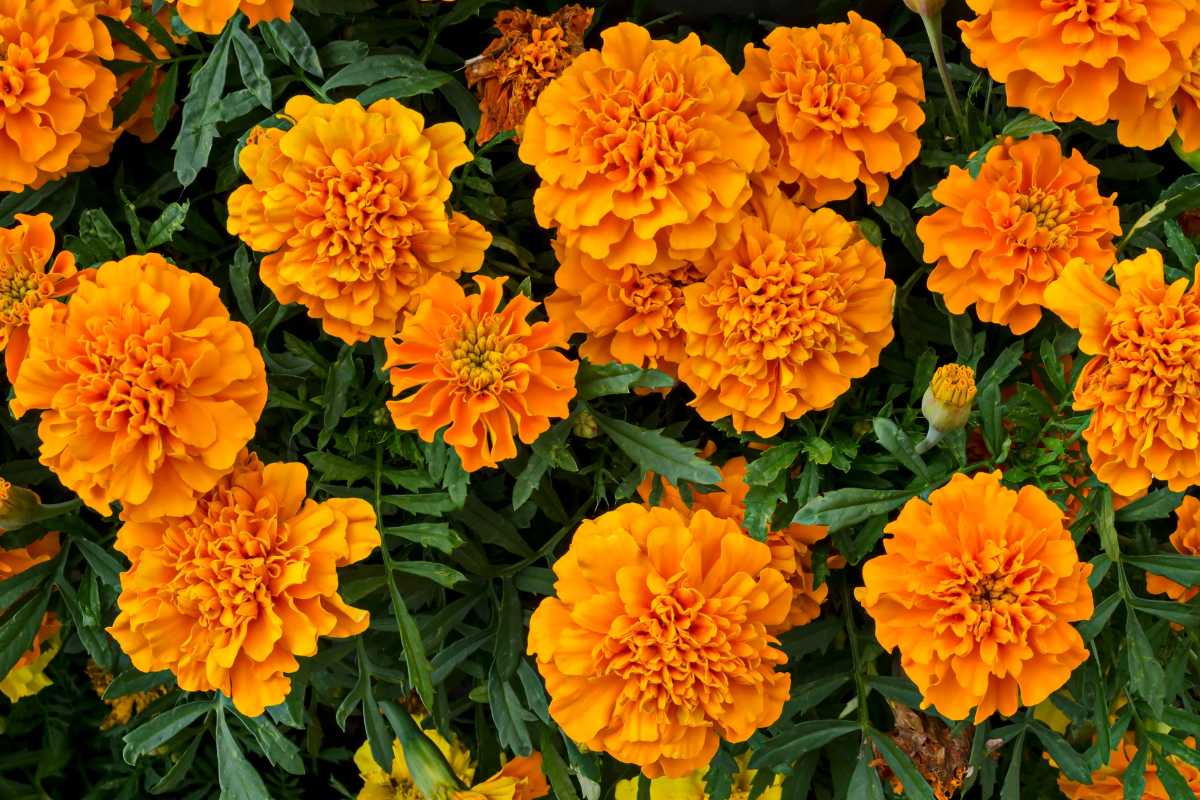
Marigolds can be quite striking in appearance, thanks to their bold gold, orange, and yellow blooms. They are widely grown as ornamental flowers and can be up to 7 feet tall.
What makes this plant interesting is it leaves, which actually contain Thiopenes, an antibacterial compound, which have been proven to be toxic for nematodes, plus they were also believed to be deterrents for ants.
After keen observation, it was discovered that ants almost never attack Marigolds despite their ant-repellant properties have yet to be demonstrated.
The two varieties that seem to be actually effective against pests are African Marigold (T. erecta) and the French Marigold (T. patula).
3. Sage (Salvia officinalis)
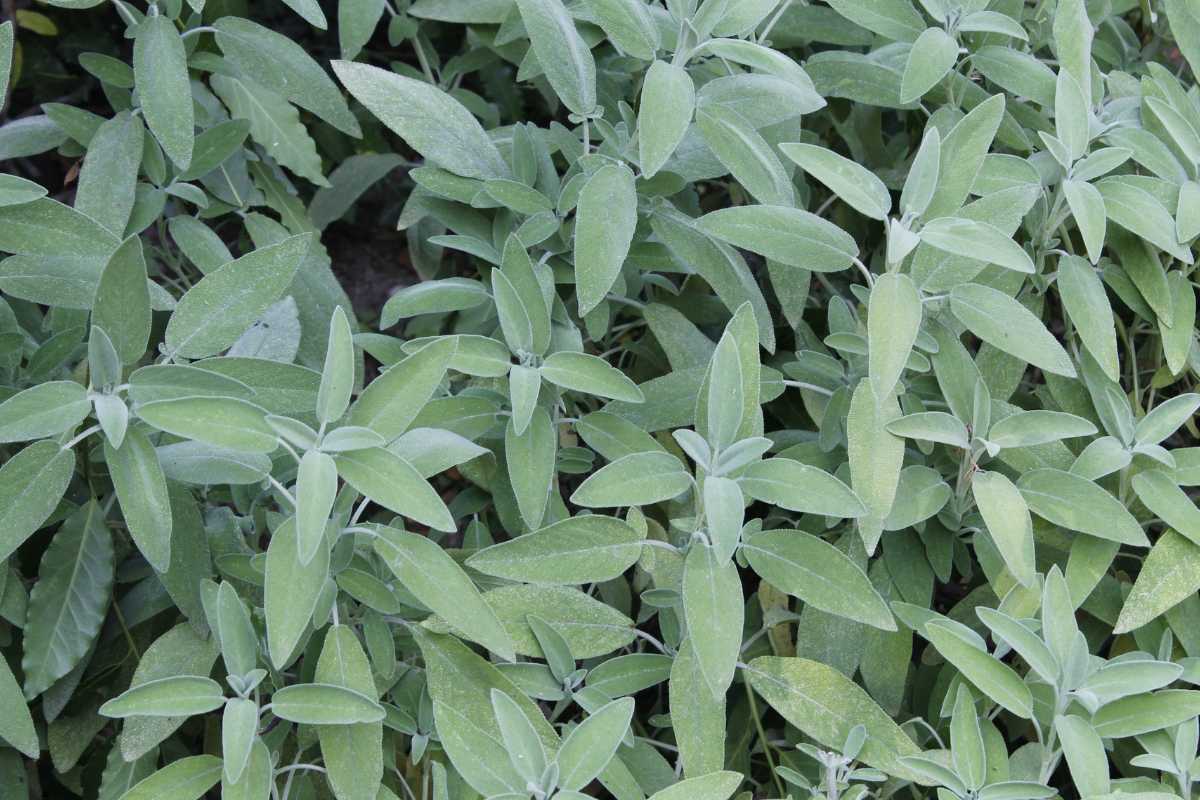
With its aromatic essential oils, Sage, another aromatic herb of the Lamiaceae family, it boasts a very effective dissuasion of ants away from your garden.
Due to the number of compounds that are toxic to certain types of insects, Sage leaves can actually be used as a valid alternative harmful chemical pesticides.
By using Sage, you can enjoy its advantages such as avoiding pollution and the chance of insects developing resistance.
Lastly, this plant needs plenty of sun and well-draining soil.
4. Anise (Pimpinella anisum)
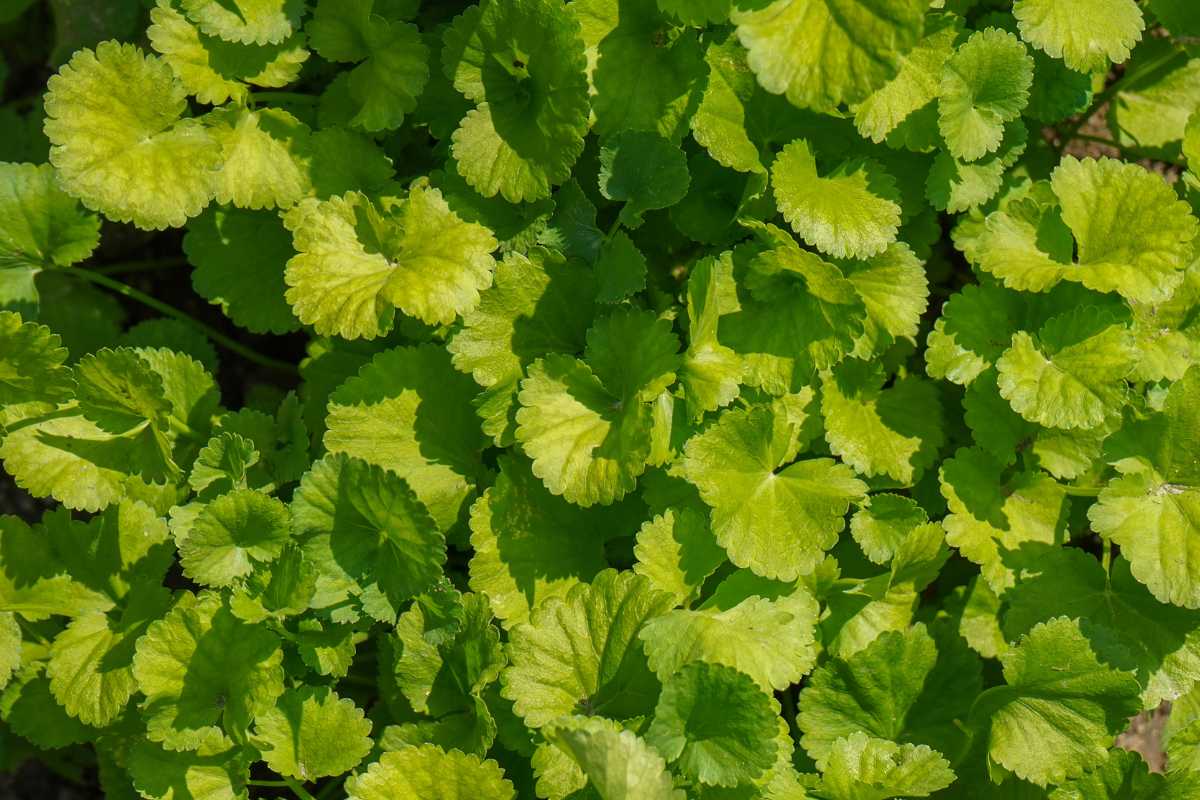
Anise is widely cultivated for its sweet and complex aroma, which is often described as similar to licorice, tarragon, or fennel. Native to Southwest Asia and the Mediterranean, anise is now grown worldwide.
Apart from its culinary qualities, anise has the advantage of attracting many beneficial insects that predate pests. This perennial plant is very low maintenance and is able to tolerate droughts.
It’s also a beautiful addition to any garden as it produces many delicate-looking flowers.
5. Garden Thyme (Thymus vulgaris)
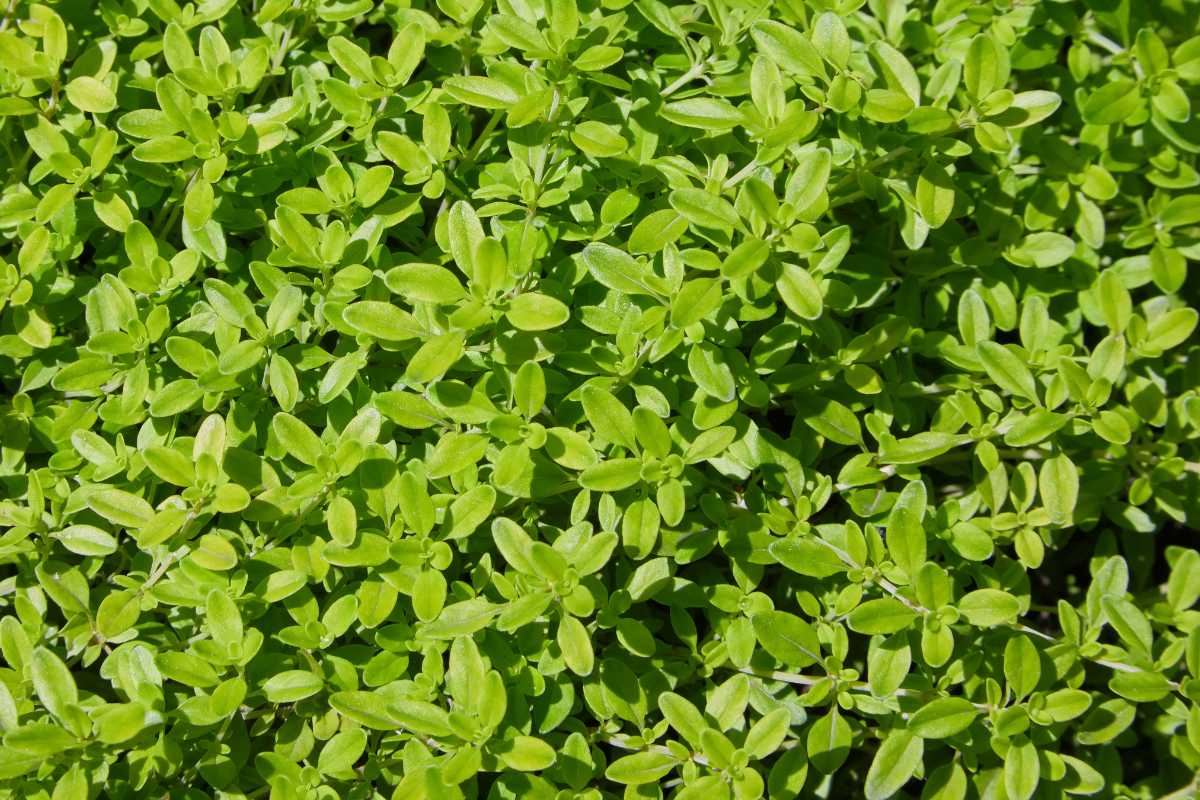
Also known as Common Thyme, this perennial shrub-like plant stays small and serve many purposes. Its essential oils are great deterrent for ants and other insects, plus it also have antimicrobial and antifungal properties.
Moreover, thyme is much appreciated as an herb to season recipes and it is useful as a ground cover plant.
Native to the Mediterranean, this plant will need full sun in order to thrive. It’s much more likely that thyme will tolerate droughts than overwatering.
Plants That Attract Ants
On the other hand, you might be wondering which plants can instead attract ants to your garden or your home.
These insects are especially attracted by flowering plants since they feed from nectar and pollen.
Among the flowers that they prefer are Peony, Penstemon, Wild Parsnip, Desert Willow, and Small’s Stonecrop.
1. Peony (Paeonia spp.)
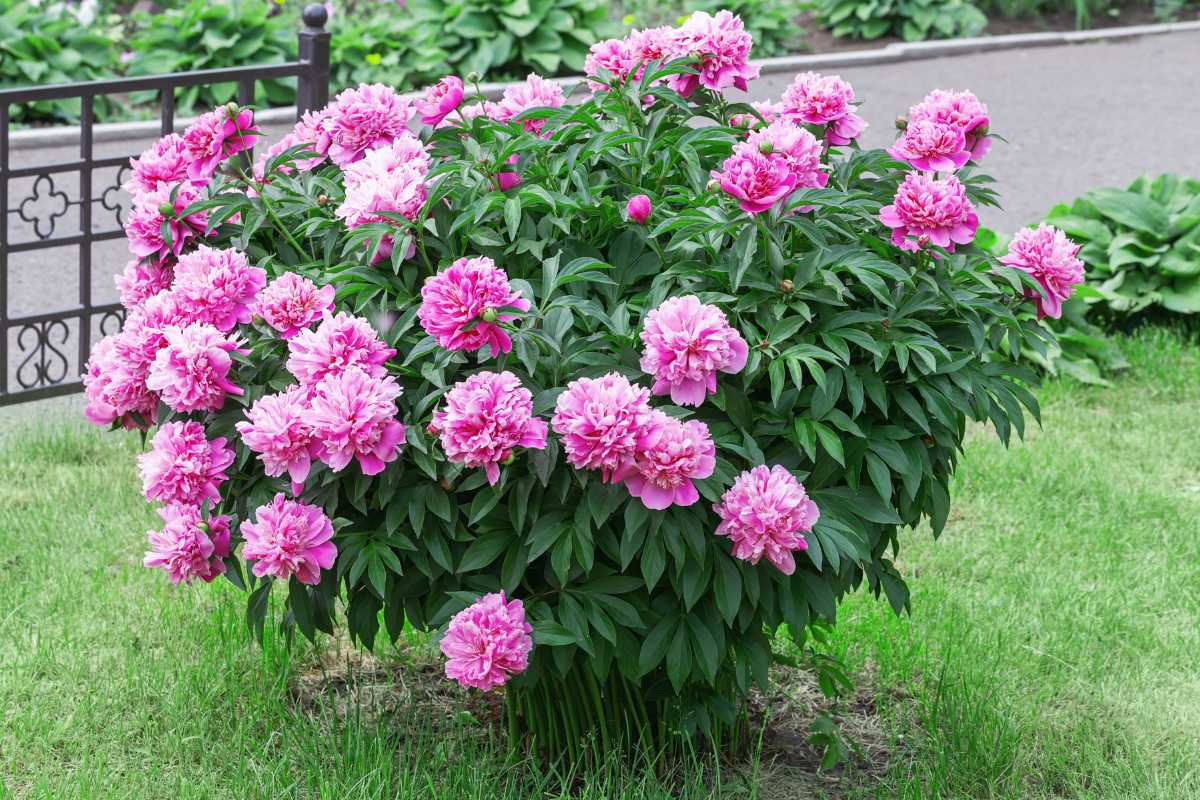
Peony flowers are irresistible to ants as they have a special organ called the nectary, which produces a sort of nectar rich in sugar and amino acids.
Black ants are especially lured by these flowers, but they are not the only ones.
2. Penstemon (Penstemon spp.)
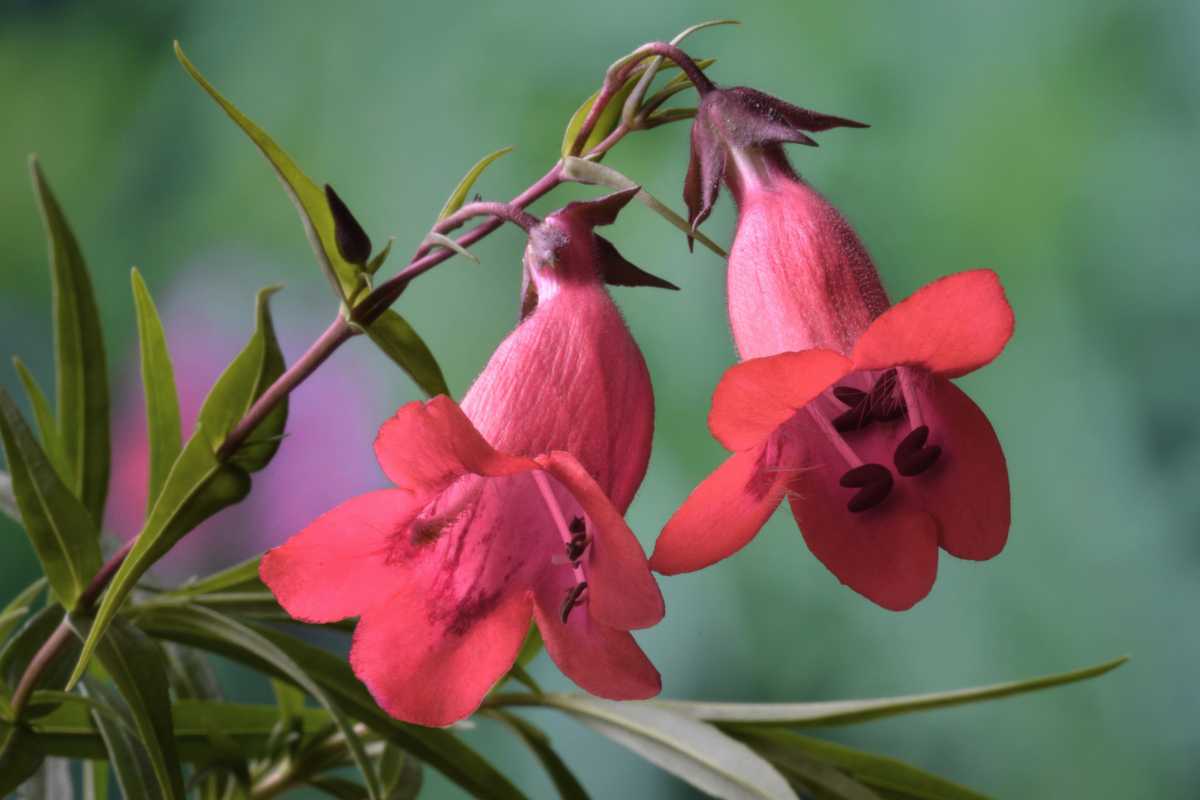
Penstemon are much appreciated for their ability to draw bees, hummingbirds, and butterflies to the garden, but they also attract ants. These insects love penstemon just as much as they do peonies.
3. Wild Parsnip (Pastinaca sativa)
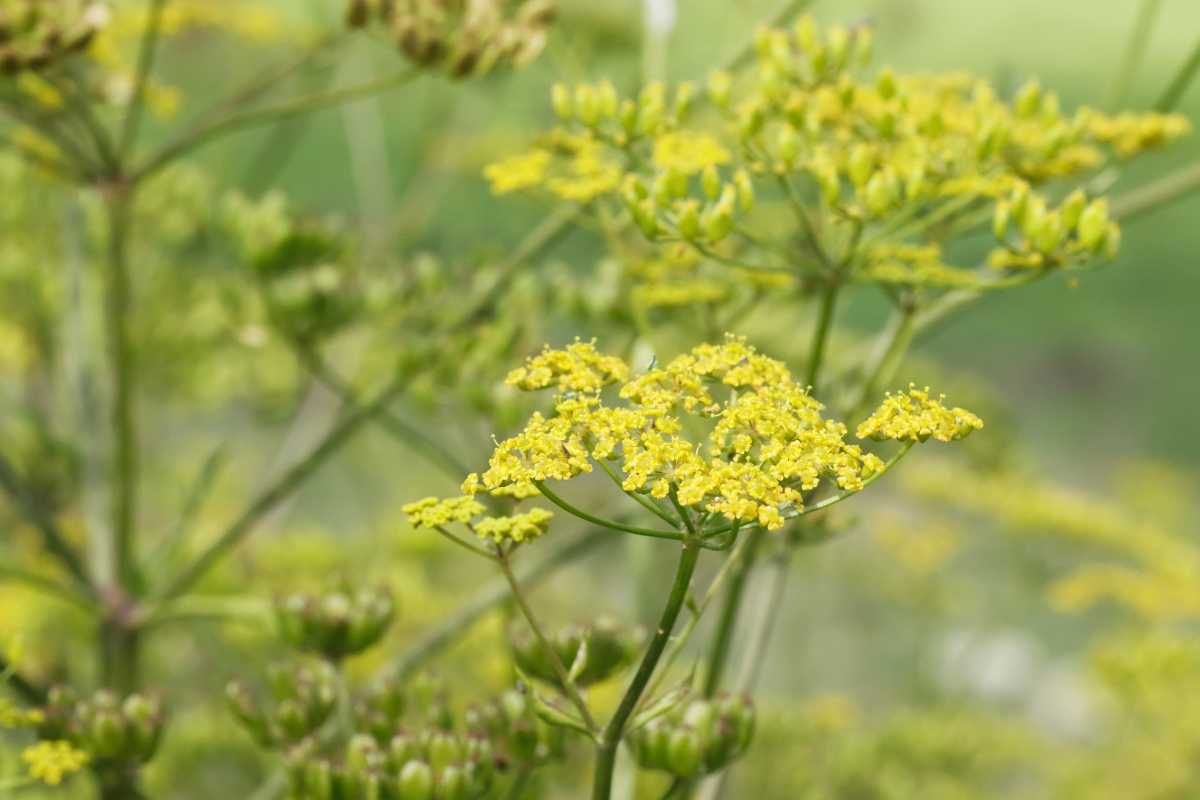
This large weed is an ants’ favorite as, like peony, it also has nectaries. Other than attracting all types of ants, this plant is also harmful to people, since its sap can cause painful skin burns.
4. Desert Willow (Chilopsis linearis)
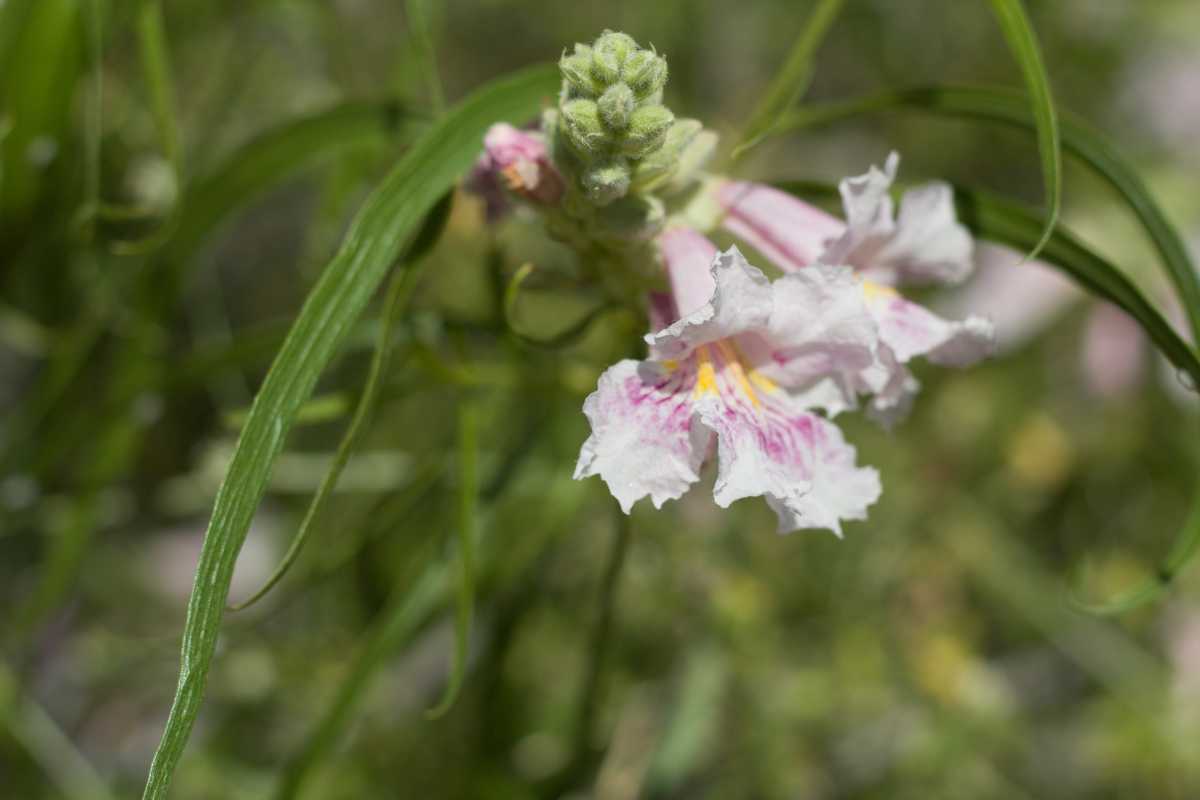
An attracting flower commonly used in the Southwest as an ornamental plant, this bulb is high in nectar that especially attracts Forelius pruinosus, a species of red ants.
5. Small’s Stonecrop (Diamorpha smallii)
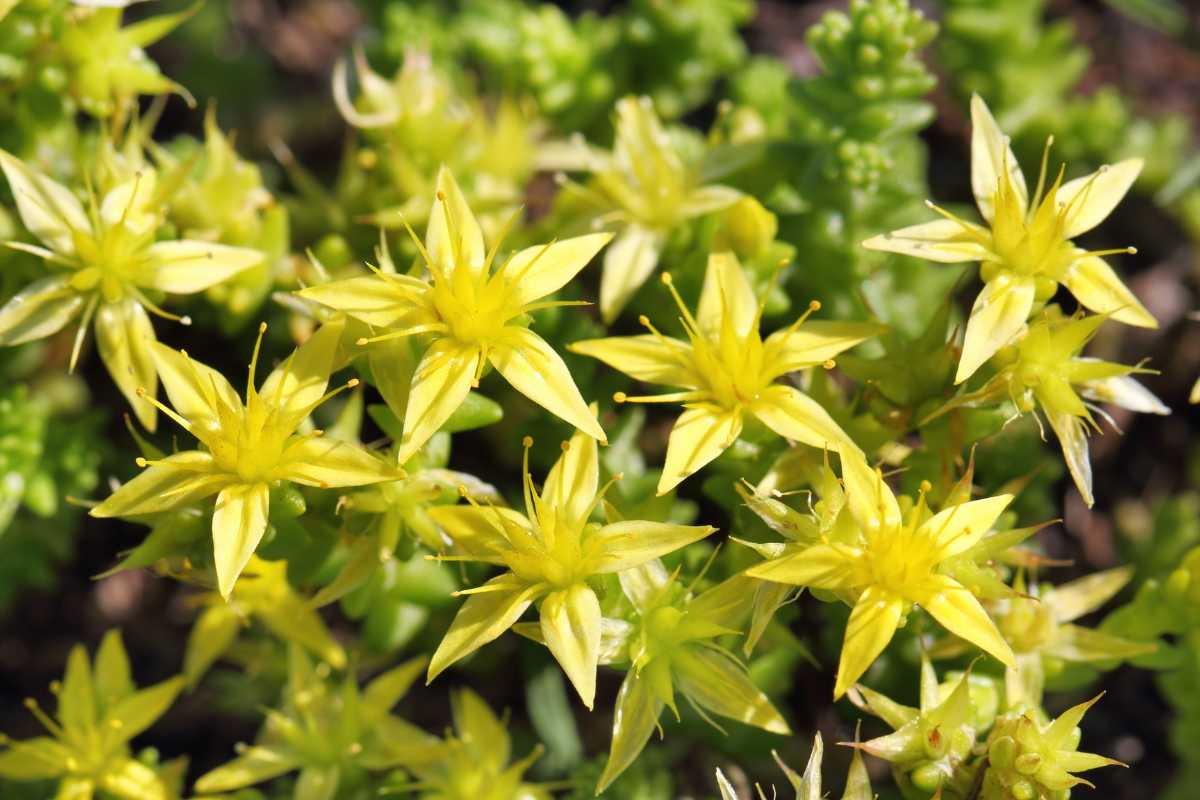
This tiny succulent needs ants for pollination, so it has adapted ways of attracting plenty of them. Small’s stonecrop needs very little water and produces small white flowers.
Final Thoughts on Plants That Repel Ants
Luckily, there are various types of plants that effectively act as natural insect repellents.
They do not only function as a natural pest control, but they also add beauty, fragrance, and amazing aromatic goodness to your garden or home!
Just by incorporating these plants in your life or your garden, you keep these pesky insects at bay without needing harmful chemicals.
Always remember that the key to ensuring your plant’s effectiveness is always researching and knowing how to properly care for the specific plant species that you have.
With the right approach and a powerful green thumb, you can achieve a pest-free environment while enjoying the fragrance of these plants!
Take a look at these interesting reads to learn more about plants that repel ants:
- Controlling Ants in the Garden
- Are Ants Bad in the Greenhouse
- Ants in Vegetable Garden Bed
- How to Get Rid Ants in Plant Pots
Sources:

